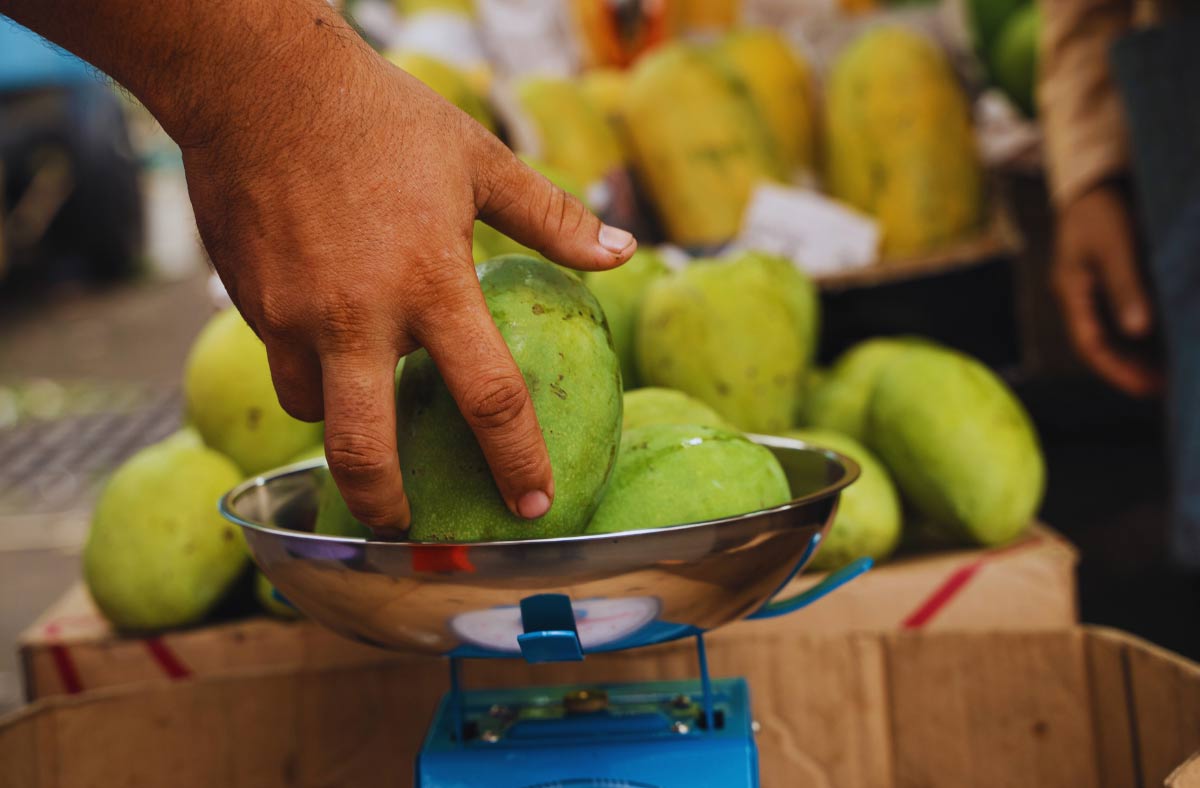
On Monday, March 29th, ships stuck behind the colossal Ever Given vessel in the Suez Canal heard the echo of blaring boat horns and triumphant chanting. These were the sounds of celebration and hope, for the Ever Given, a 400m-long, 200,000-tonne (or 1,312-foot, 220,000 ton) ship carrying 18,300 containers, finally showed signs of movement. The ship had been wedged between the canal shores since Tuesday, March 23rd, causing a delay in an estimated $9.6 billion USD of trade goods per day, and an estimated $95 million in toll revenue for the canal, according to data firm Refinitiv—all in just under one week.

Image by kees torn – EVER GIVEN, CC BY-SA 2.0, https://commons.wikimedia.org/w/index.php?curid=89201715
A tenacious and exhausted team had been working to unblock the canal and managed to free the ship’s stern on Sunday. The next morning, they liberated its mammoth bow deeply embedded into the canal’s eastern bank. This set in motion the final stages for the ship’s full re-floatation and, later, the canal’s reopening at 6 pm local time.
All the manpower in the area wasn’t enough to complete the task, however. Truly, the strong rising and falling full-moon tides played a significant role in the operation—giving crews and other personnel a small window of time in which to take advantage of the gravitational gift, along with the team of tugboats that had presumably pulled and pushed one of the heaviest loads they’ve ever moved, with the Ever Given being one of the world’s largest and longest container ships.
At first, what seemed to be a comical social media meme quickly turned to panic as the crisis revealed a much-overlooked reality within the international trade community: Most businesses and consumers take the world’s shipping routes for granted, vastly underestimating their fragility and vulnerability to accidents and delays—weaknesses that can breakdown supply chains in the blink of an eye.
With the Ever Given now freed and traffic in the canal slowly moving again, it’s a good time to reflect on the lessons learned from the 6-day ordeal, giving international trade and business professionals much to think about in the aftermath. Here are some of the most prominent international trade lessons from the Suez Canal obstruction:
1. Contingency and risk mitigation planning make crises manageable
It’s cliché, but always expect the unexpected. The most prudent businesses perform thorough commercial risk assessments that cover all areas prone to hazard, allowing them to identify weaknesses in their business strategy (such as international shipping risks).
This allows them to create contingency plans that involve having the proper financial resources, inventory, supplies and supply-chain alternatives in times of crisis or delay.
Many risk mitigation and contingency strategies include proactive contract negotiations at the start of trading relationships that clearly define accountability for unforeseen shipping delays, as seen in the image below:

FITTskills™ Lite: Analyzing and Mitigating Commercial Risk, copyright © 2017,2019,2020 FITT
Interested in this topic? Get our FREE FITTskills Lite Download here:

2. Know your Incoterms® and who is responsible for shipping delays in your contracts and negotiations.
Incoterms® are integral for creating bullet-proof contracts that clearly define who pays for shipping charges and when. Businesses engaging in international trade use The International Chamber of Commerce Incoterms® rules in contracts to clearly communicate the obligations, costs and risks associated with the transportation and delivery of goods, providing clarity for sellers and buyers.
Businesses who know their Incoterms® well, carefully use them to ensure there are no areas of risk or uncertainty between the seller and buyer in the contract—and specifically, with shipping, no questionability as to whom is responsible for shipments and costs in the various stages of transport. They are essential for avoiding costly disputes between both parties.
Incoterms® also make it easier for the buyer and sellers to
- outline their individual obligations in the trade transaction
- determine when risk moves from the seller to the buyer under each specific rule
- define the buyer and seller costs and responsibilities.
Last year, Incoterms 2020® was released with updates and changes from their previous version. Those seeking to create advantageous contracts should make sure their knowledge or credentials are up-to-date, especially in light of recent events.
3. Option just-in-case supply chains
In recent years, “just-in-time” supply chains—supply chains that transport items to factories on an as-needed basis for manufacturing—have been popular. But with the glaring effects of the Suez Canal playing out in real-time, experts are predicting that some companies will move toward “just-in-case” supply chains that focus less on predicting the right amount of demand and goods in the moment, and more on having goods in stock and ready at all times—just in case delays occur.
“We are moving towards a just-in-case supply chain, not just-in-time,” noted Søren Skou, CEO of shipping firm Moller-Maersk, in an interview with The Financial Times on Monday, adding “It’s great when it [just-in-time supply chains] works, but when it doesn’t you lose sales. There’s no just-in-time cost savings that can outweigh the negative of losing sales.”
4. Think about more than one supplier
It’s not uncommon for international businesses to have more than one supplier because of scenarios like the Suez Canal incident. Even before the blockage, many businesses around the world were already in the midst of diversifying their supply chains and suppliers because of COVID-19-related shipping delays and restrictions.
The Suez Canal obstruction only served to amplify this need even more, serving as a sober reminder of the importance of planning for anything and everything that can go wrong when it comes to international shipping and international trade.
In a Forbes article, Mark Dohnalek, President and CEO of Pivot International, a global manufacturing, engineering, technology, product development company, also suggested another way for companies to avoid unpleasant surprises: “… have multiple sourcing options in place, as we learned during the pandemic. Another element of this recommendation would be to do business with one preferred vendor that has multiple operations across many regions of the world. This will avoid the massive impact a single location event would have on their business. This is by far the key toward mitigating exposure to these types of events in the future.”
*Main image contains modified Copernicus Sentinel data [2021], processed by Pierre Markuse – Container Ship ‘Ever Given’ stuck in the Suez Canal, Egypt – March 24th, 2021, CC BY 2.0. https://commons.wikimedia.org/w/index.php?curid=102400564







disqus comments